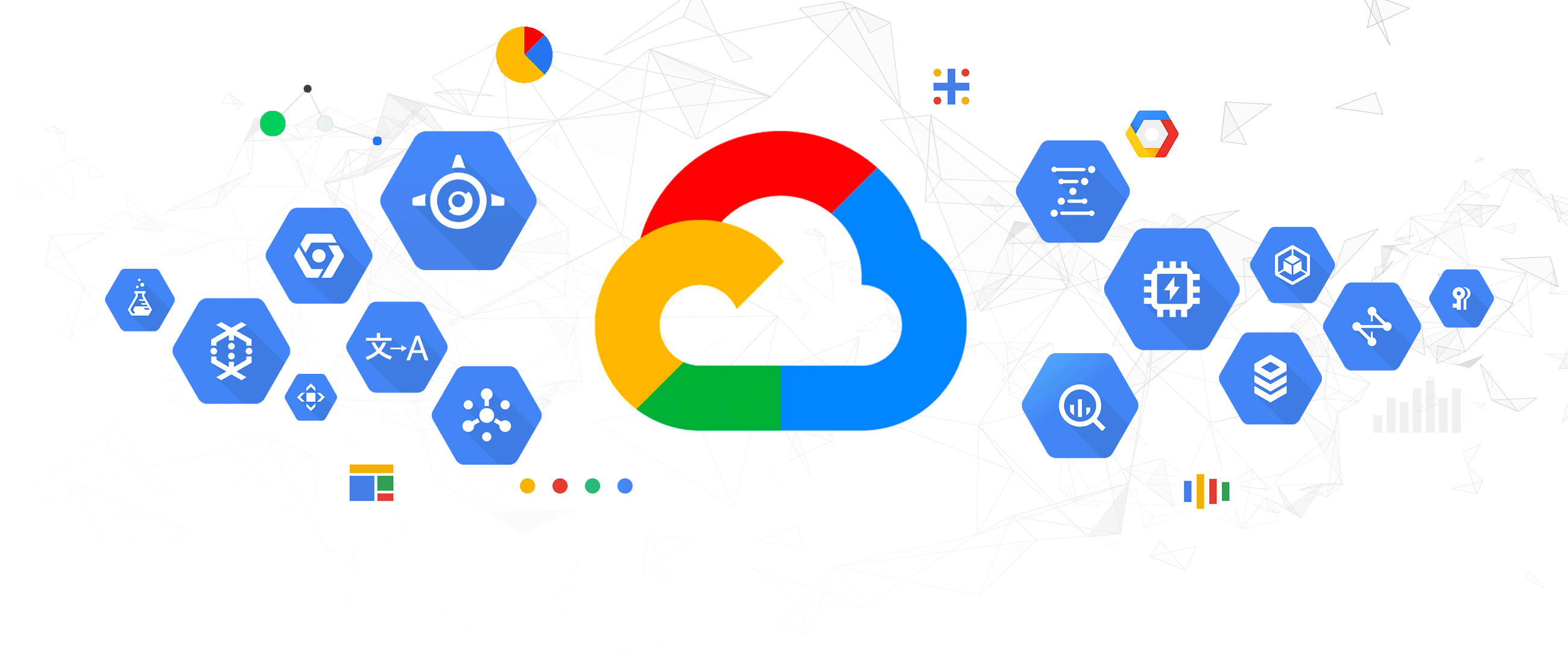In certain cases, shortfalls against target can become an almost accepted and inherent feature of end-of-quarter sales-performance reviews.
It’s arguable that this is driven (in part) by a systemic lack of cohesive insight that tracks the various moving parts of the sales cycle.
Circumstance can often limit focus and measurement to relatively non-meaningful metrics, leading to lacklustre stagnation and a broken-record resolve of ‘lets pick ourselves up and do better’.
Too often, short-term pressures trigger the pursuit of short-term gains of presenting a two-dimensional picture of progress, conjured through Salesforce dashboards showing daily dial metrics, “meaningful interactions” (define ‘meaningful’) and little else.
Meanwhile, sales pipelines collect deadwood prospects while the root problem is kicked further down the road to be confronted later, and later and later.
The Wrong Approach to Creating the Wrong Incentives
Colourful dashboards showing upward dial trajectories might seem like a cause for celebration. In reality, they breed the wrong incentives—think ‘dials for the sake of dials’ and early interaction abandonment.
Who’s to blame for this approach?
Sometimes, nobody.
The problem often falls naturally out of the way businesses view their sales-performance data inside the narrow context of certain time-frames.
In other words, if the sales team had a great quarter, what’s the use of looking back to assess why last quarter went so badly? Quarters become siloed in time and lessons don’t get learned.
Sales Data In a Vacuum
Because many businesses view data in a vacuum, it becomes easy to mistake quantity metrics that don’t actually build to conversion as growth indicators
What sales leaders need to increase their focus on is maintaining a wider-angle view on the role their data is playing for driving sales elevation through continuous improvement and growth at every stage of the sales process.
Quantity is important, but it’s only valuable when tempered by quality and direction.
What Does a Data-led Insight Approach to Sales Look Like in Practice?
“Gift of the gab” sales persuasion techniques that treat the customer as a game to be played are still advocated in some corners.
While I can vouch for persuasiveness as playing a vital and obvious role in sales, today that role only has value when it respects the customer’s intelligence and emotion.
Prospects are data-rich today with an overabundance of decision-making information. Sometimes they know more about your services than your sales team does.
Running a well-oiled sales machine today depends on having as much insight about the customer and the problems they’re trying to solve, as the customer has on how you solve those problems.
To gather that insight effectively and convert it to sales, sales teams need to spread their focus efficiency across three core pillars of the data-led insight approach to sales development.
Quantity:
- Are you speaking to enough prospects?
- Are you trying too hard for too long to reach low-value prospects?
- Are you spending enough time researching their role, circumstance and need?
Quality:
- What kinds of interactions are you having with prospects?
- Are those interactions happening when prospects are emotionally available?
- Are you giving them the opportunity to tell you ‘no’ for valid reasons?
- Are you giving them too much opportunity to lead you on?
- Are you shaping your sales propositions around their precise pains?
Direction:
- Are you approaching decision-makers at the right level?
- Is there more than one level you can enter the decision-making chain?
- Do your key prospects respond differently via different mediums? (social, email, phone.)
These are the kinds of questions data-led approaches to sales constantly answer and re-ask.
How Can Salesforce Enable the ‘Quality, Quantity, Direction’ Approach to Data-Led Sales?
Salesforce Customer 360 virtually automates the ‘quality, quantity, direction’ approach by letting sales leaders integrate their team’s sales-performance data to produce a rich gamut of analytics that inform the ‘QQD’ picture.
With Salesforce Customer 360, managers can also assess different types of conversion rates of each sales person at every stage of the sales cycle, from call-to-meeting, to meeting-to-negotiation and negotiation-to-close.
With this kind of cohesive, step-by-step insight, managers can promote healthier sales team incentives, reduce waste and work toward continuous sales improvement that naturally decreases cost per sale.
Moving to an insight-first ‘data-to-decisions’ mindset is the first step businesses can take to continually improving sales development.
Having the right implementation partner at your side to guide you in that journey is the second step that will ultimately optimise your returns and CRM sales potential.









